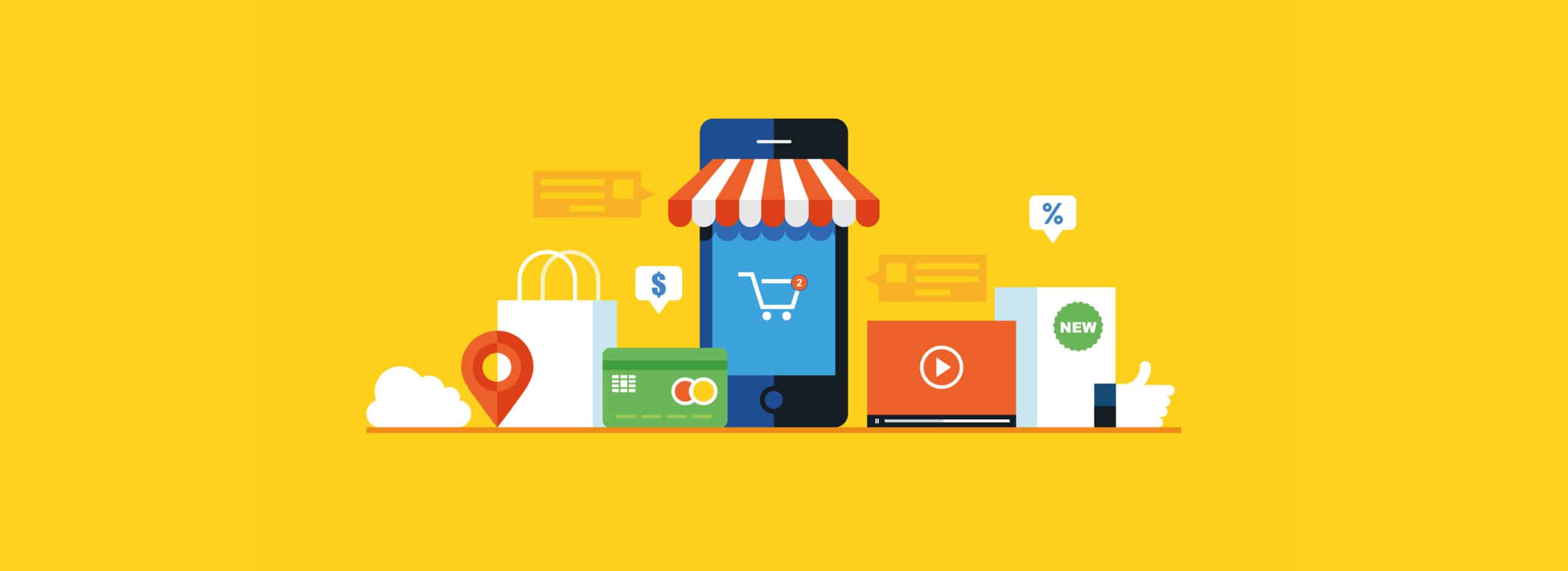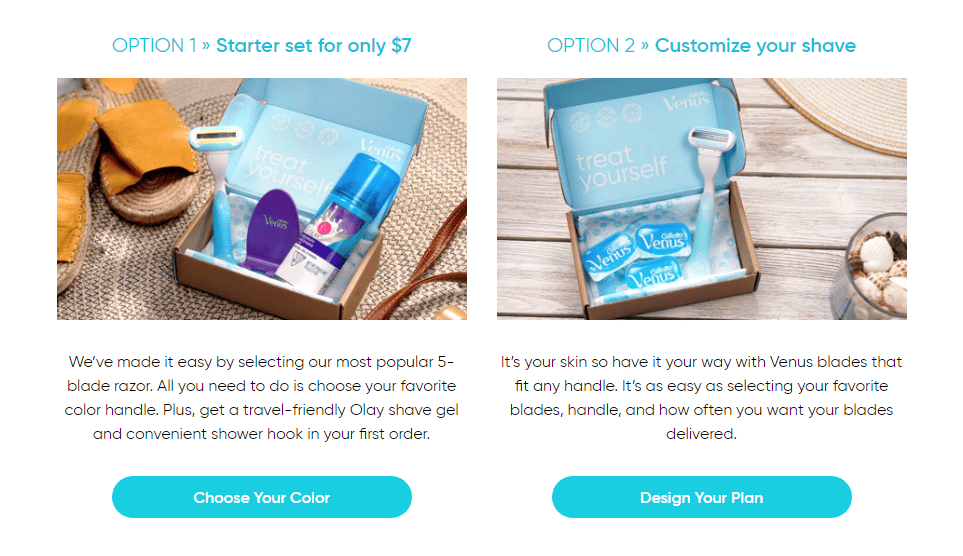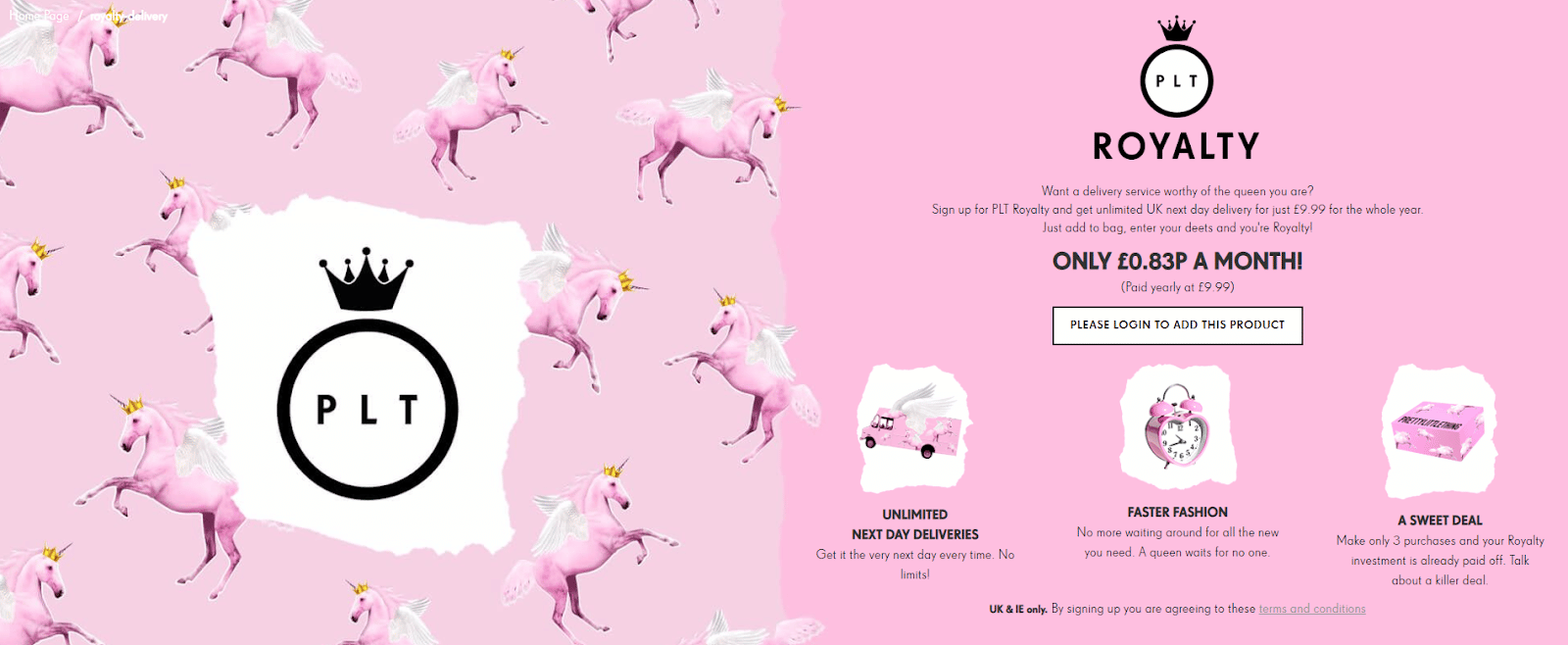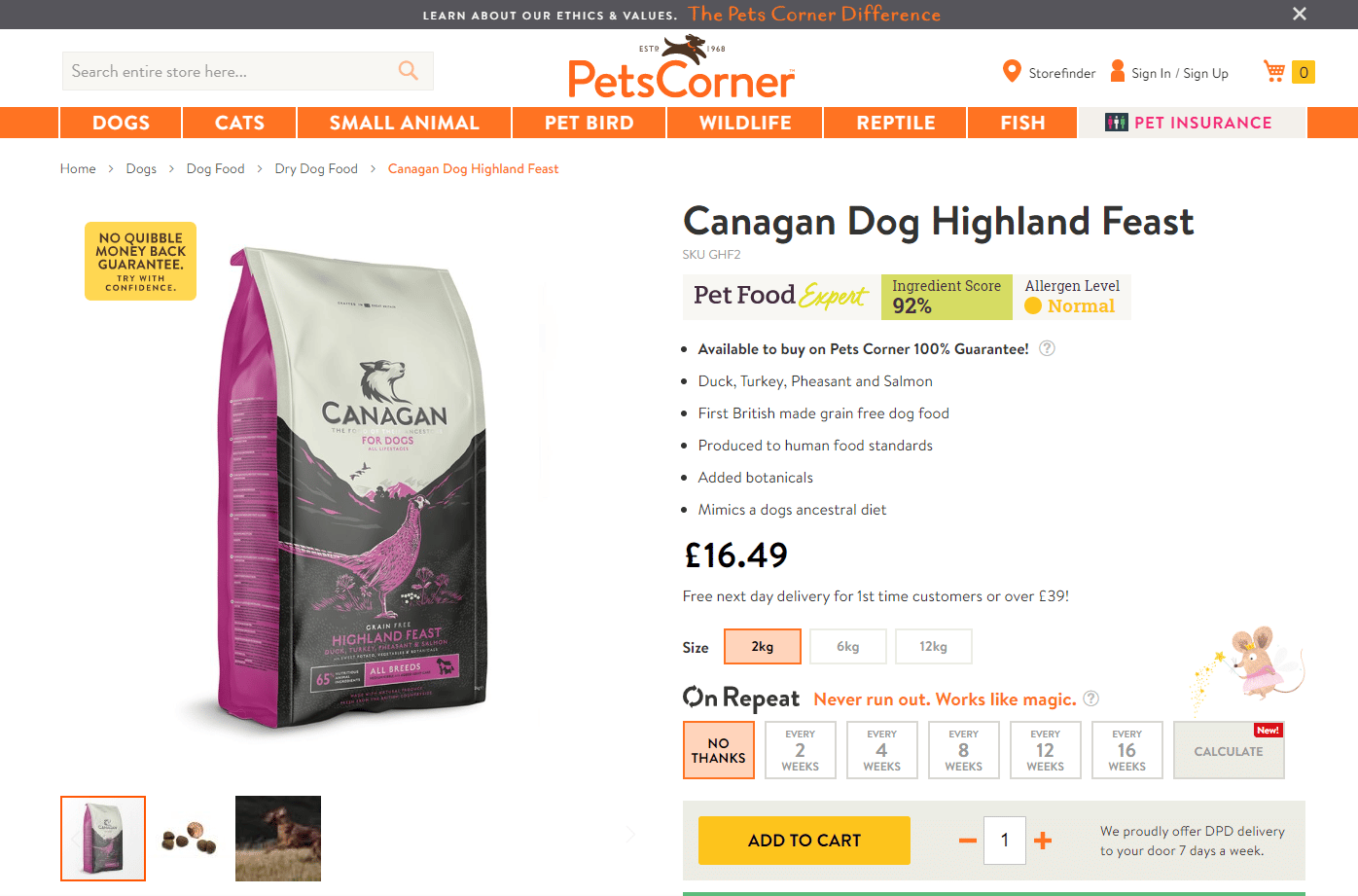eCommerce subscription: the trend that’s redefining the retail landscape

Following on from our recent blog on why personalisation marketing is the future of retail, there is one emerging trend within personalisation marketing that we simply cannot ignore. The subscription eCommerce market has grown by 100% year-over-year for the past five years and, in the UK alone, the subscription box market is expected to grow by a further 72% by 2022, according to a Royal Mail report.
The number of subscription services is growing among retailers, as consumers are now faced with an ever-increasing list of possibilities that claim to offer convenience. In the midst of that fray, it seems that millennials are the most likely to buy into these services.
Millennials now expect a complete end-to-end shopping “experience” and this is where eCommerce subscription has a chance to shine by developing long term relationships with consumers, increasing customer lifetime value and reducing the cost of acquisition.
What is eCommerce subscription?
eCommerce subscription is a business model in which customers subscribe and make regular (often monthly) payments to receive products or services.
When it comes to types of subscription eCommerce models, there are three in particular which have proven extremely popular.
- Repeat purchases: These are services in which customers receive the same products on a regular basis. For example, Gillet Venus US offers regular boxes containing razor blades and other shaving equipment. Customers pay just over £5 per month to have these items replenished regularly.

- Subscription boxes: These little boxes arrive regularly but the contents change. HelloFresh is a very successful example. It sends customers boxes of convenient meal kits containing high quality, fresh ingredients that are pre-measured along with easy-to-follow recipes. They offer a rolling weekly subscription with no commitment, making it incredibly appealing.

- Access models: Some types of subscriptions offer access to members only perks, or things like free delivery. Online retailers like Missguided, ASOS & Pretty Little Thing are all examples where people pay a monthly or annual fee in return for free delivery and more.

What are the benefits of subscription eCommerce models?
- Convenience for customers: The appeal for subscribers is that it saves them time and effort if they know items they need or want are arriving regularly. Customers can also opt for the subscription-based model as it allows for easy budgeting. Products and services are available at a flat price, enabling them to stick to their budget and monitor what they’re spending efficiently.
- Convenience for retailers: Subscription models offer better financial forecasting. Retailers can predict volume and demand much more easily, enabling them to order stock more accurately, thus reducing waste. They also know when and where products need to be delivered, so can organise logistics more effectively.
- Building customer relationships: Regular deliveries of subscription products mean that retailers are in contact more often with customers. This allows them to build a relationship, and to suggest new offers and cross-sells.
- Subscription customers can be higher margin: Acquisition costs can eat into the profit margins of ‘normal’ retailers, but when acquired customers are longer term subscribers, the profit per customer acquired should be higher. In addition, companies can afford to spend more per acquired customer, knowing that they’ll make more in the long term.
- Higher retention rates: Customers are committed to regular payments, so they’re less likely to churn. For this reason, retailers need to spend less on retention-based marketing.
- Learning from customer data: Another area where regular orders help is by gathering and learning from customer data and habits. For example, Graze receives more than 15,000 ratings per hour on the contents of its boxes, data which helps it to hone and improve its offering.
Whilst subscription-based models do have their perks, unfortunately this model isn’t suitable for all businesses and does come with its own set of challenges. For eCommerce subscription success, it is important that brands stay relevant and prove valuable to their customers in the long term.
For example, if it’s content (like Spotify) then it needs to be regularly updated with fresh new stuff, or customers will not be willing to continue making regular payments.
Another potential challenge is that customer acquisition can be harder to attain initially. Rather than making a one-off purchase, you’re asking your customers to make a commitment to your brand… so it can be a harder sell.
If you’re considering launching your own subscription package, it’s important to think about a few points:
- Are your products suitable for a subscription model? It’s important to consider how often your customers actually need to purchase your products and whether or not they’re a good fit.
- Analyse and review your data. Look at specific buying patterns for some of your products within your inventory. Are they any particular items that customers regularly purchase?
- As an incentive to get customers to sign up, most subscription packages will offer some kind of discount when compared to buying normally. You should factor this with your pricing when launching a subscription service.
What can retailers learn from subscription-based eCommerce?
Even if a subscription-based eCommerce model doesn’t work for your business, there are plenty of things to take on-board.
One thing that you can try to incorporate within your business are repeat purchases without including the full subscription package. This can be offered as an alternative and could potentially be a more convenient option for your customer at checkout. Pets Corner, an online retailer, now offers this option on their product pages. When a customer goes to checkout, the single purchase option remains default but there is a clear offer to add items ‘on repeat’ by choosing the preferred frequency.

Whilst this option doesn’t interfere with the normal purchase process, once the customer opts for a repeat order, it will continue as a subscription model without the initial hard sell.
Another thing to consider is customer retention, the key characteristic of subscription models. It’s no secret that it can be significantly cheaper to retain existing customers than to acquire new ones. With eCommerce-based subscription models, average customer retention is greater because customers have to actively opt out once they’ve signed up.
In conclusion.
Subscription-based eCommerce business models have seen fantastic growth, which is only expected to rise. Plus, it’s an attractive business model with huge benefits in terms of customer retention and predictable and regular income too.
Many of the successful subscription models work because they can focus on a small number of their products, and the best will use the data and feedback they gather to continually refine and improve their offerings.
For retailers with a large product inventory, this may be a bit of a challenge to implement. You may also find it harder to make the switch once you’re established as an online retailer. Technology and legacy systems can also be obstacles to offering new models for customers.
That said, if your products do suit a subscription, it can still work, and be offered as an extra product alongside the standard retail offering.
In my opinion, the easiest path to go down is the ASOS route and offer subscriptions through delivery and discounts, which can help to tie people in and drive repeat purchases. Regardless of whether you opt in for any type of subscription model or not, all retailers can benefit from a focus on retention, and the service and overall customer experience that keeps customers happy.
Want to find out more about how we can help with eCommerce and all-round online expertise? Contact brett.sammels@lawcreative.co.uk for a bespoke proposal tailored to your business.
